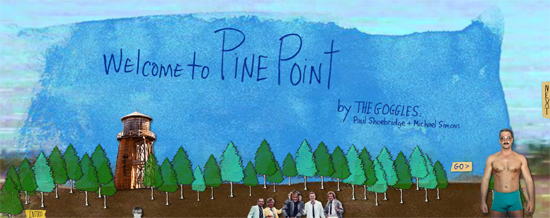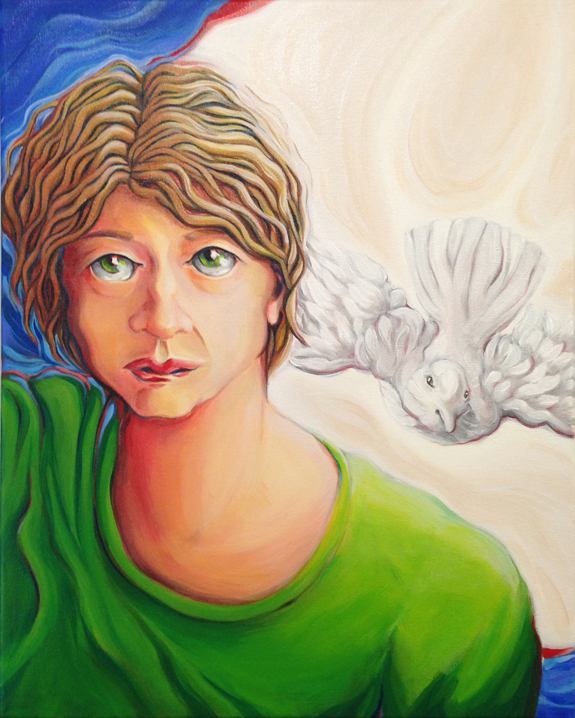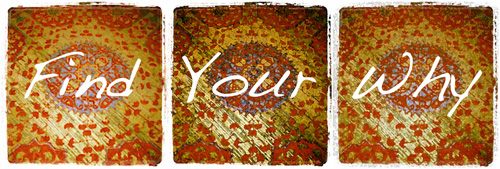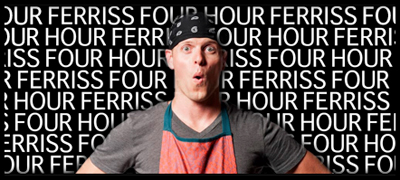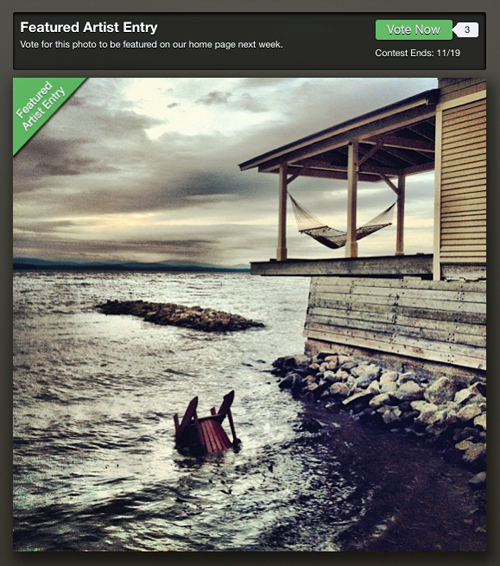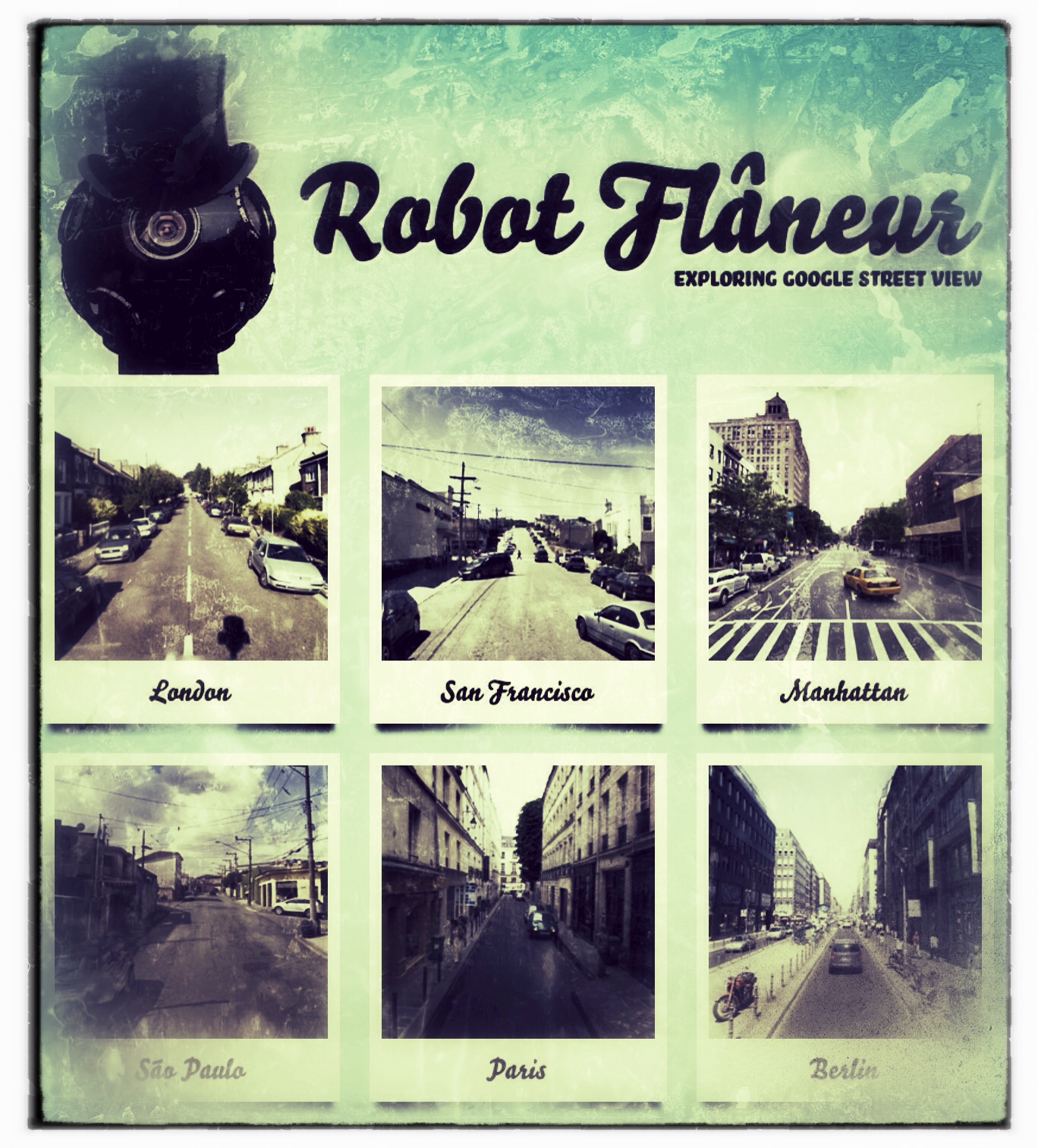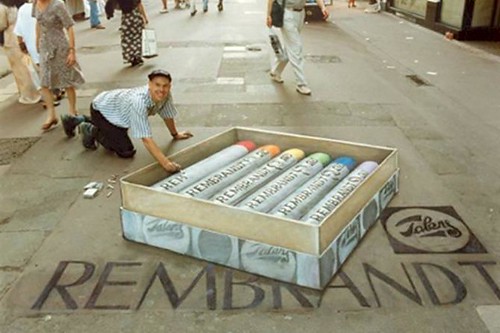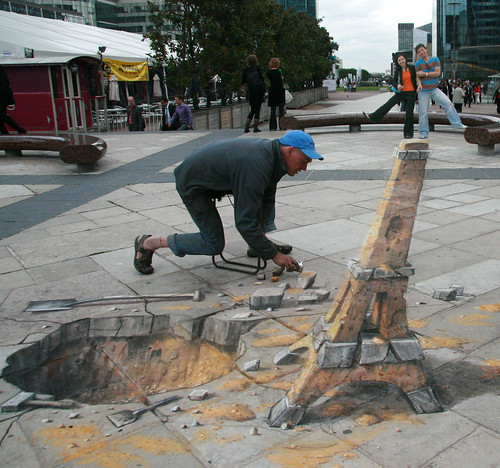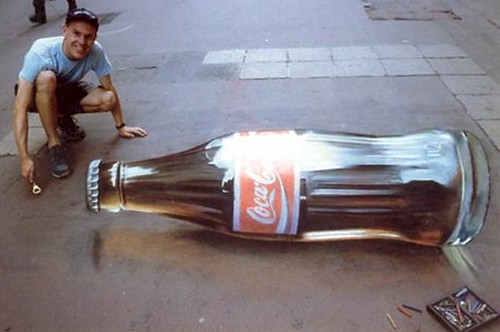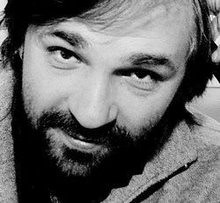Much of the innovation driving digital storytelling is still half-baked. Most storytellers are just beginning to fathom the riches of this new frontier, and for many of us it means learning (and inventing) new storytelling techniques to effectively leverage the cross-platform capabilities of digital storytelling.
And yet inspiration is every day more abundant. Recently I discovered a digital story so innovative and compelling that I looped it as soon as it ended. Even though the subject interested me very little (at least at first), I dove in again and again devouring the recipe and savoring the experience.
Welcome to Pine Point by Paul Shoebridge and Michael Simons (aka The Goggles) is an interactive, short format documentary about an erased industry town in Canada’s Northwest Territories. It’s incredibly clever, all the more so because it conjures a compelling, captivating narrative experience out of rather grotty 1970s and 1980s miscellanea.
I’ll pass the baton off to Dan Blank (@DanBlank) who already reviewed “Welcome to Pine Point” nimbly on his business blog, We Grow Media back in March 2011. (Yes, I’m late to the Pine Point party!)
The documentary tells the story of this town – through photos, interviews, videos. How it came to be, what it was like to live there, and how it came to its demise. Literally, the town was torn down, and left as a barren wasteland with no signs of its previous existence except for some crumbling pavement. Wiped from the planet.
This film came about when it was discovered that a former town resident, Richard Cloutier, had created a website where he was cataloging the world that was Pine Point. He was collecting and sharing photos, stories and other updates. It is called Pine Point Revisited. (We Grow Media)
Welcome to Pine Point is an illuminating example of digital storytelling’s potential. I take notes each time I wander through its nostalgic messiness. A truly enticing messiness, I should add.
It’s part film, part photo album, and completely fascinating. (Deirdre Foley-Mendelssohn)
They’ve made an homage to memory, at once linear and exploratory, unraveling through a poetic collage of writing, image, video, sound, voice and music, all in service of a story. (transom.org)
Despite the rough, hand-animated photo-collages and humble lettering, Welcome to Pine Point achieves sophisticated and haunting effects as it chronicles a small Canadian town that was literally wiped off the map… (Scott McCloud)
But no matter how much Webby-winning awesomeness is packed into Welcome to Pine Point, it would not (and could not) exist but for Richard Cloutier’s Pine Point Revisited. While Cloutier’s Pine Point memorial/tribute is basic — its vintage turn-of-the-century navigation and style emphasize content, not aesthetics — it is a deep, dusty archive. It’s a museum. Or a warehouse. It’s a digital reunion for neighbors, friends and colleagues torn apart by time and chance. It’s a surrogate or a facsimile for a place that no longer exists.
But Pine Point Revisited also offers the inspiration, the skeleton and much of the source material for Welcome to Pine Point. In a sense, the documentary is a remix of Cloutier’s website permitting him to play one of the starring leads, though you don’t fully appreciate this until the end of the video.
While accolades aplenty have rightfully rained upon Shoebridge and Simons for their groundbreaking digital storytelling, Cloutier’s digital storytelling is the underlying source and inspiration for The Goggles’ mashup. While recognizing and celebrating this does not diminish Shoebridge’s and Simons’ accomplishments, it does award Cloutier for his less flashy, but hard earned accomplishment. I tip my hat to all three!
Related articles
- The Wonder of Storytelling (virtualdavis.com)
- Storytelling: From Ira Glass to Benedictine Monks (virtualdavis.com)
- Storytelling, Stillness & Deep Listening (virtualdavis.com)
- Transmedia Storytelling and Documentary Filmmaking (meanderingmargaux.com)

